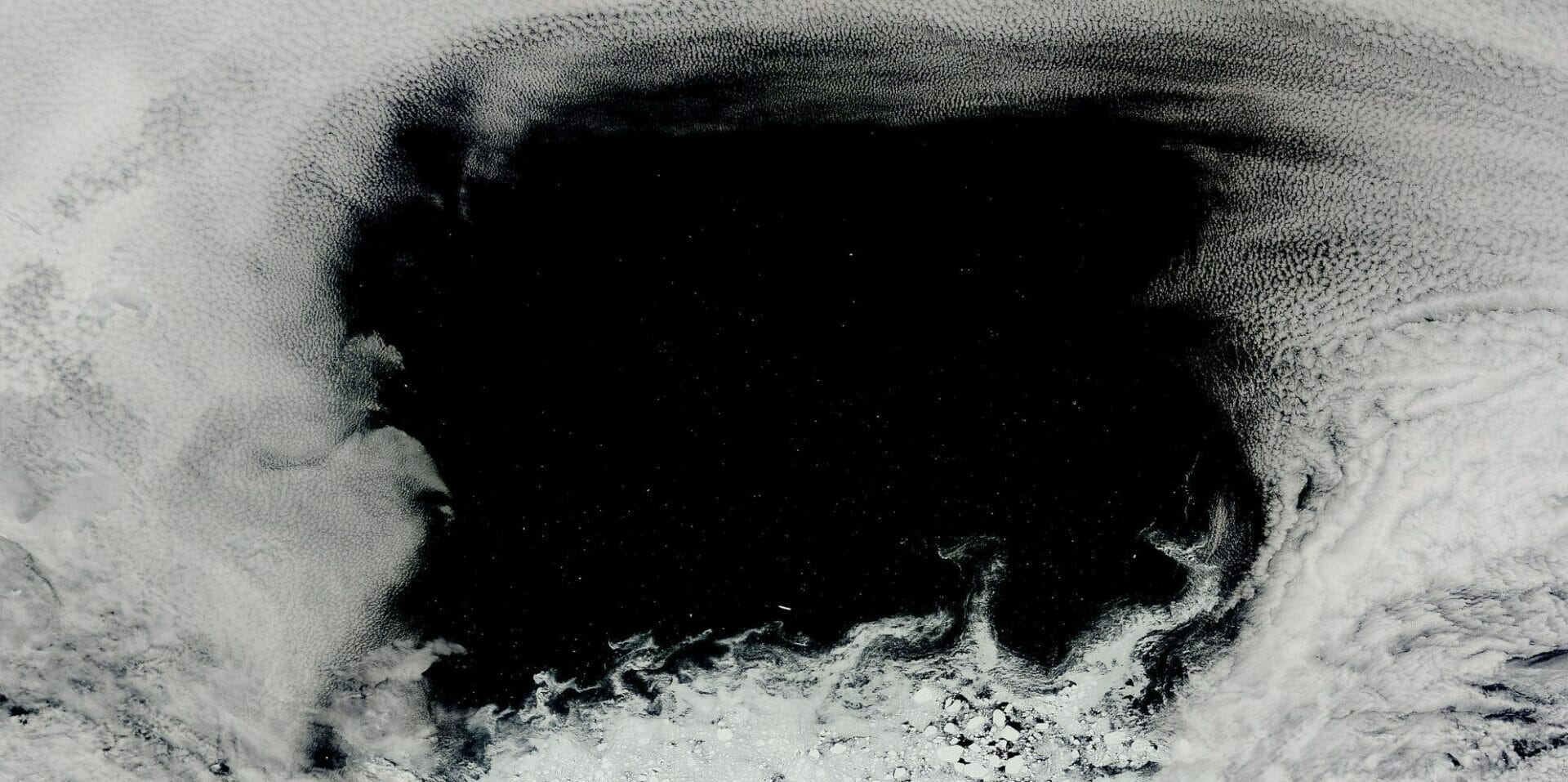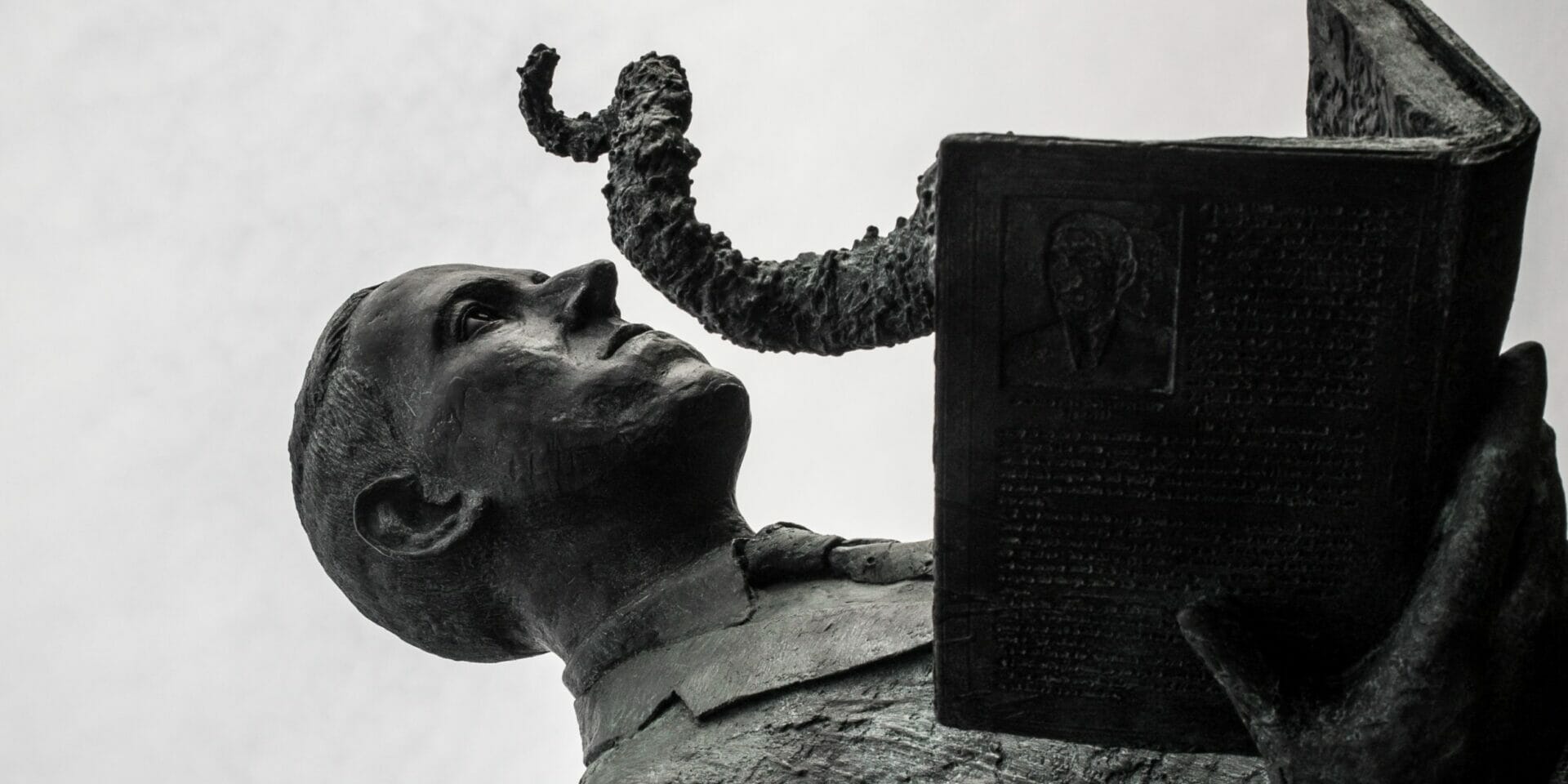
The Thing | To Gaze Long into an Abyss
Year
Runtime
Director
Writer
Cinematographer
Production Designer
Music by
Country
Format
He who fights with monsters should look to it that he himself does not become a monster. And if you gaze long into an abyss, the abyss also gazes into you.
Friedrich Nietzsche, Beyond Good and Evil
In the merciless outback of Antarctica, a group of researchers discover an alien life form that assimilates and imitates other organisms. This “thing” soon infiltrates their outpost, unleashing paranoia as the teammates can no longer trust each other. Any one of them could be an imitation. And if the Thing gets to the civilized world, apocalypse is inevitable.
The Thing from Another Film
Based on the short story Who Goes There? by Golden Age of Science Fiction writer John W. Campbell Jr., John Carpenter‘s The Thing is the remake of Christian Nyby & Howard Hawks’ The Thing from Another World (1951), a sci-fi/horror classic and one of Carpenter’s favorite movies.
However, the movie whose success actually pushed Carpenter’s remake into production, and which The Thing really shares similarities with, is Ridley Scott’s Alien from three years prior. They both live off the dread and isolation of Agatha Christie’s Ten Little Indians, accomplish tension with a mix of claustrophobia and agoraphobia, and blend Body Horror and Cosmic Horror. But The Thing is not a mere imitation. It’s in the vital parts of the plot, the characters and the monster, that it distances itself from its older sibling.
The Thing Among Us
Unlike Alien, The Thing features no women at all. Carpenter and screenwriter Bill Lancaster opt instead for a group of hotheads led by a hard-boiled-novel-like anti-hero. By merging this ensemble with Campbell’s original idea (discarded by Nyby & Hawks) of the imitating alien, the film enables paranoia to perform at the top of its game, thereby overturning the optimism of its predecessor.
The Thing from Another World promoted unity against a common alien menace. It served as a metaphor for the war on communism during the McCarthy Era. The Thing, on the other hand, was made in the early ‘80s. Amidst a resurgence of Cold War tensions, a recession that had been dragging on for a decade, and the rising AIDS pandemic, trust was indeed “a tough thing to come by” – as the protagonist states. Carpenter made the movie to gaze on the abyss of which society was on the brink. And he would return to this issue with Prince of Darkness (1987) and In the Mouth of Madness (1994). This three-film series would be poignantly named “the Apocalypse Trilogy“.
Because of this pessimism, The Thing was panned when first released. But it would slowly spawn a cult following, with prominent fans like Guillermo Del Toro and Quentin Tarantino (who admitted he used it as inspiration for Reservoir Dogs [1992] and The Hateful Eight [2015]), thanks to its acuity.
The Thing with a Thousand Faces
Special make-up effects creator Rob Bottin advised Carpenter to show the monster face-on, instead of relying on the power of suggestion (like Alien did). The director accepted, as this would allow him to distance himself from the genre clichés he contributed to creating with Halloween (a wish he revealed in an interview). Bottin had then carte blanche to design a ‘Thing’ with a thousand faces, constantly and overtly shape-shifting as it is, at its deepest, shapeless.
Critic Vincent Canby faulted the film for this indefiniteness, as well as for its gore, for using characters just as props for the monster to tear apart. But that’s exactly the point. The Thing has no original form. It’s a living abyss that survives by taking in other organisms. And when it reveals itself, it humiliates the characters (and the viewer with them) with its grotesque collages of cross-species features. It destroys the very idea of Body, and that’s why the film is Body Horror in its purest form.
The Thing from Beyond Understanding
The Thing has much in common with H. P. Lovecraft‘s At the Mountains of Madness (1936), which similarly features scientists in Antarctica facing alien creatures. In both stories, the characters soon realize that they’re dealing with something beyond their understanding. Something that doesn’t just threaten their survival, but their sanity as well, as it reminds them of their impotence in the face of the universe and whatever lurks in it. It is the maddening perspective of Cosmic Horror.
But that’s what the film calls upon the viewer to do: to stay human if forced to gaze long into an abyss. The Thing thereby embodies the ultimate essence of Horror, for it uses fear to induce fearlessness.
Tag
Buy a ☕ for Hypercritic







